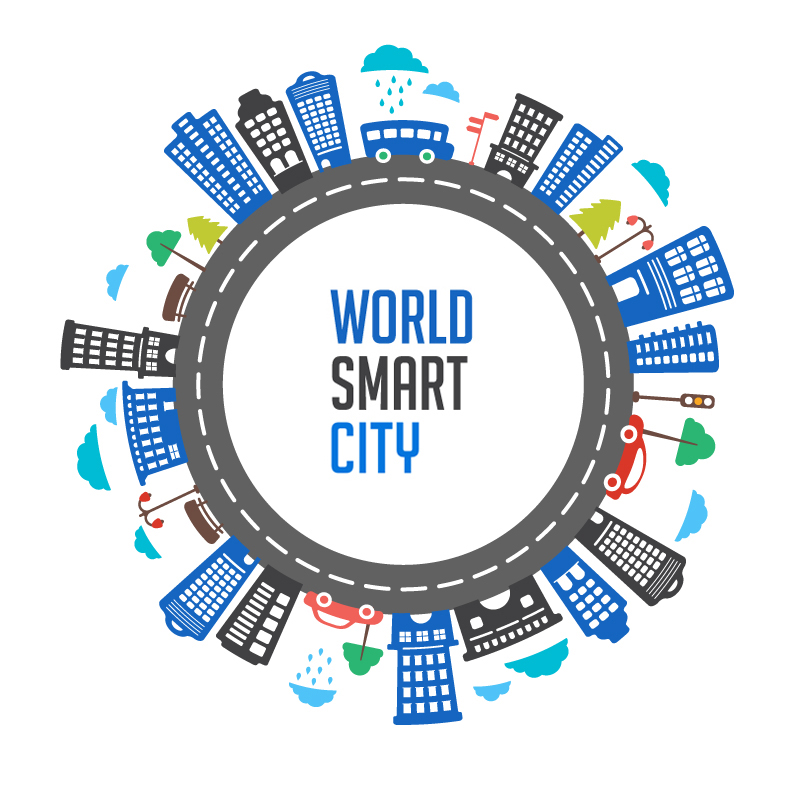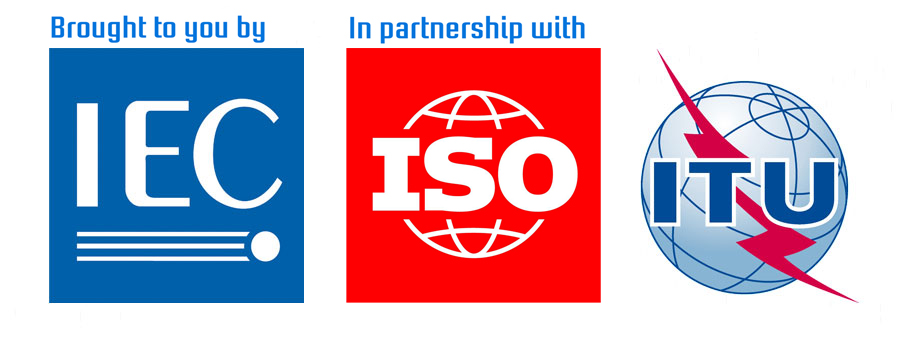Meeting of the Minds 2016
The connections between land use and transportation are well established. And these linkages are about to get even more important. Like a lot of other aspects of the world today, technology is the big driver. In the case of autonomous vehicles, that is literally so.
As plainly evident in recent business development initiatives by Google, Apple, Uber, Ford, GM, Mercedes, Tesla, and many other companies, driverless cars are coming, and coming fast.
The implications for cities, from transportation operations to urban planning and urban design, are enormous. Yet cities are only now coming to grips with this seismic transformation. Researchers at the University of Pennsylvania warned that most Metropolitan Planning Organizations (MPOs) weren’t taking into account the mainstream arrival of driverless cars in their long-range regional plans.
The ramifications for urban landscapes are extensive. Driverless cars – an equally appropriate label is crashless cars – will obey speed limits and follow one another closely; they will cruise along in a constant state of tailgating. Streets in cities can thus be narrower, for one thing.
They won’t kill pedestrians or bicycles, presumably, either, changing the contours of the public realm, crosswalks, and bike lanes. The entire system of traffic signals in cities can also be transformed, because of this obedience. Strategies to reduce congestion, whether carpool lanes or congestion pricing, will adapt to this new reality.
The configuration, design, and location of parking structures and surface parking lots will also be in for a major overhaul. The ubiquitous parking garage won’t need to be in central locations in downtowns. Driverless cars will drop off passengers and go park themselves. The august publication Car & Driver has already anticipated the coming changes in parking.
But of course there’s more. Individual car ownership will almost certainly drop precipitously. We may be looking at a world where it makes no sense to own a car, which typically spends over 90 percent of its life parked anyway. It will make more sense to either use a robotic form of Uber, or a super-charged version of ZipCar – sharing vehicles only when they are needed for specific trips. In that scenario, the car won’t need to be parked at all: it will simply go pick up the next passenger.
Why own a car when we can be a part of a driverless car sharing program, and get our transportation for a fraction of the cost?
In this new world, truck and package delivery will also change our cityscapes. We won’t need a conventional system of loading zones, and streets will potentially be rid of double-parking. FedEx, UPS, and Amazon are already making plans for taking advantage of technology to conduct their business.
There is a flipside. If I can own a nice BMW 7-series that drives itself, why not live in a sprawling suburb and read and catch up on emails, in the hourlong commute to the center city? It will be like a personal version of commuter rail.
Yet the potential for a more equitable system of transportation is far greater. Robin Chase, co-founder of ZipCar, wants to make sure that cities establish an accessible and affordable system for driverless car sharing.
The transition to driverless cars will be tricky, as cities attempt to manage both “smart” and “dumb” legacy vehicles. But that’s all the more reason for city leaders to start planning now. Douglas Foy, a leader in the State Smart Transportation Initiative, a far-thinking organization that has recently partnered with the Lincoln Institute of Land Policy, has been working with state transportation secretaries on topics from transit-oriented development to value capture. Driverless cars are inevitably going to be part of any transportation portfolio, he says.
“We need to think about this – we can’t leave it to the tech companies. Others needs to step into the policy frame. State DOTs and city DOTs are just starting to wake up to this,” he says. “This all ultimately is a land use opportunity. The vehicles are coming.”
Planning for this newfangled future is one of the goals of a major summit being organized by Meeting of the Minds. On June 20, 2017, one hundred and twenty mobility leaders will convene in Cambridge, Massachusetts to discuss the future of mobility in the Boston region. While the Boston region continues to remain globally competitive, we are in a unique moment in the history of mobility and transportation. The summit aims to harness the ingenuity and innovation already underway in the Commonwealth, as well as the expertise of invited global thought leaders with best practices directly applicable to Boston’s challenges.
In the early years, I have sometimes thought, if driverless cars are the answer, what was the question? But autonomous vehicles are one part of a radically changed transportation and mobility framework for all the world’s cities. The upside is too great to ignore, and the opportunity is obvious, to integrate transportation and land use at the most sophisticated and strategic level yet.
If you’re interested in attending the invitation-only summit, please fill out this application: http://cityminded.org/boston-application
Anthony Flint is a fellow and director of public affairs at the Lincoln Institute of Land Policy. He is a regular contributor to The Atlantic Monthly’s The Atlantic Cities, as well as Citiwire, The Next American City, Planning magazine, Planetizen, Architecture Boston, and many other publications.


